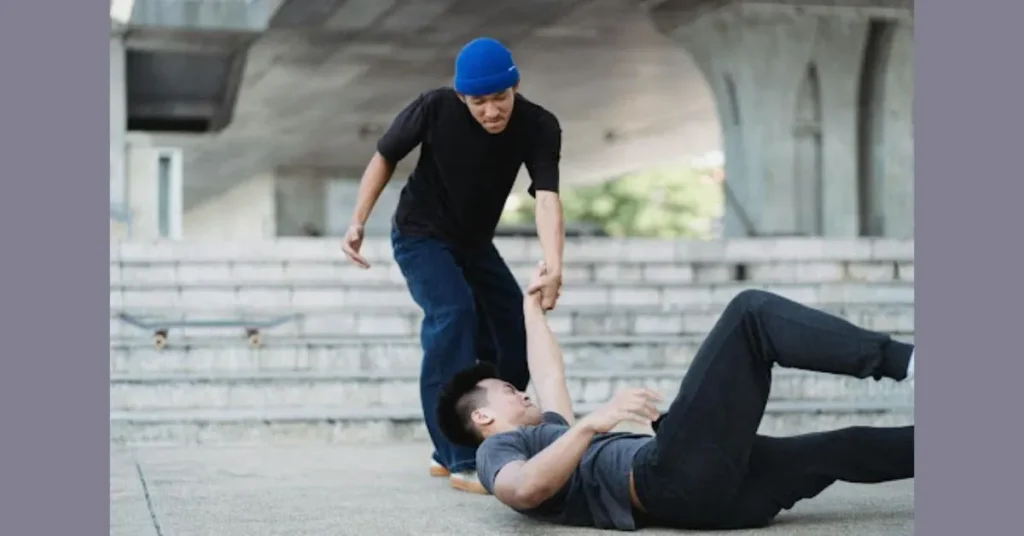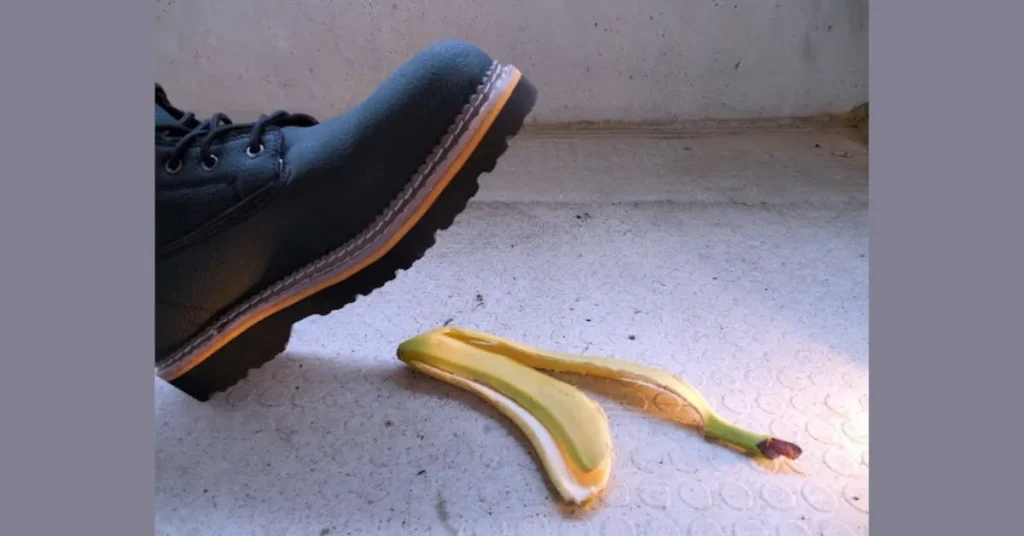Having to experience a slip-and-fall accident can be traumatic. However, if you understand these incidents’ causes, prevention, and legal implications, you will be in a better position to overcome your situation. This article highlights everything you need to know about slip and fall accidents, which are common in workplaces, public spaces, and private properties.
Causes
Several factors, such as environmental hazards, weather conditions, and structural issues, can cause slip-and-fall accidents. You may be eligible for compensation if you were injured due to these factors. In this case, a seasoned slip and fall attorney in Atlanta suggests notifying the property owner or manager immediately. They will be able to create an incident report documenting what happened, including the potential cause of the accident. You can use this report to support your claim later on. Take photos and notes about the conditions and circumstances to help identify the cause of the accident. You should also collect contact details and statements from witnesses to support your claim later.
- Environmental Hazards
Many environmental hazards can cause slip-and-fall accidents. For instance, spills, rain, cleaning activities, or leaks can make surfaces slippery, increasing the risk of these incidents occurring. Cracked sidewalks, loose tiles, or uneven carpeting can also cause trips. Similarly, objects left in walkways, such as cables, boxes, or trash, create obstacles contributing to slip-and-fall accidents. Even inadequate lighting can obscure hazards and reduce visibility, causing people to trip or fall.
- Weather Conditions
Weather conditions can also be a potential cause of slip-and-fall accidents. In colder climates, unshoveled snow or untreated icy patches can lead to slips. Also, wet conditions from rain can create slick surfaces on floors and stairs. In parallel, specific footwear and personal factors can heighten the risk of these incidents. For instance, shoes without proper traction or high heels can increase slip risk when used on slippery surfaces due to rain or snow.
- Structural Issues
Lastly, structural issues also contribute to the cause of slip and fall accidents. Poorly designed or maintained stairs and ramps can be hazardous, and missing or unstable handrails and guardrails contribute to the risk. The lack of warning signs in areas prone to slips or trips also increases danger. In these situations, not paying attention to surroundings, such as using a phone while walking, can lead to accidents. Similarly, poor vision, balance problems, or medications can contribute to falls.
Prevention
Fortunately, slip and fall accidents can be prevented by maintaining safe surfaces, implementing proper lighting, and using clear signage. In most instances, these are considered to be the responsibility of the property owners. Still, the people passing by or entering the property can also contribute to preventing these incidents through various safe practices.
- Maintain Safe Surfaces
Maintaining safe surfaces is one of the most viable ways to prevent slip and fall accidents. In this case, property and establishment owners must keep floors clean and promptly address spills or leaks. They should also apply non-slip coatings or mats to floors prone to becoming slippery. More importantly, they must immediately fix cracks, holes, and uneven surfaces to prevent trips.
- Implement Proper Lighting
Aside from maintaining safe surfaces, proper lighting can reduce the risk of slip and fall accidents. Property and establishment owners must exert effort to ensure all areas, especially walkways and stairs, are well-lit. They can also install lighting systems that activate during power outages for safety reasons. In addition to proper lighting, property managers can apply treads on stairs and other surfaces to provide better grip.
- Use Clear Signage
Using clear signage is another viable way to prevent slip-and-fall accidents. If you are a property owner, place signs in areas with temporary hazards, like wet floors, or use permanent markers for areas that frequently become slippery or hazardous. You can also install handrails and guardrails, but ensure they are sturdy and present in places like stairs and ramps.
- Safe Practices
Property and establishment owners are not the only ones who can prevent slip and fall accidents. Everybody can contribute to reducing the risk of these incidents. Use appropriate footwear, especially in workplaces, and be educated on maintaining safe environments and reporting hazards. Moreover, it is a good idea for employers and business owners to conduct frequent safety inspections and promptly address issues.
Legal Implications
When a slip-and-fall accident occurs, understanding the legal landscape is critical for both the victim and the property owner. The legal implications often hinge on proving negligence.
- Premises Liability
Property owners or occupiers must maintain their premises in a reasonably safe condition. They can be held liable if they fail to do so and someone is injured. Hence, they must ensure their property is free of hazards or provide adequate warnings. If the property owner knew or should have known about the danger and failed to address it, they may be considered negligent. However, the injured individual must show that the breach of duty directly caused their injury and resulted in damages.
- Comparative and Contributory Negligence
The concept of negligence can vary depending on jurisdiction. Understanding the differences is critical in legal cases. For instance, if the victim is partly at fault, their compensation may be reduced by their percentage of fault. In some areas, if the victim is found to be slightly at fault, they may be barred from recovering any damages.
- Statutes of Limitations
The statutes of limitations set the time limit for filing a lawsuit after an accident. Acting within these periods is crucial to preserve your right to legal recourse. Typically, the general time limit is one to three years from the date of the accident, depending on the jurisdiction. However, there are special considerations wherein different rules may apply for minors or individuals with disabilities.

When you have a good idea of the causes, prevention, and legal implications of slip and fall accidents, you can help reduce these incidents and navigate the aftermath effectively. After all, slip and fall accidents are common and can lead to severe injuries, particularly in workplaces, public spaces, and private properties. By understanding the different aspects of these incidents, individuals and businesses can better prepare to prevent them and address their legal ramifications effectively.

